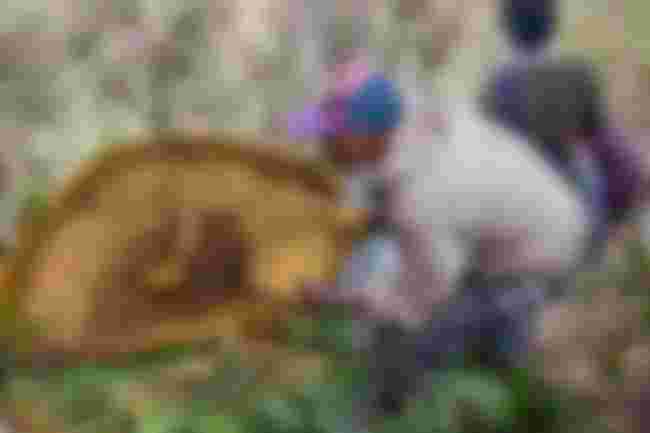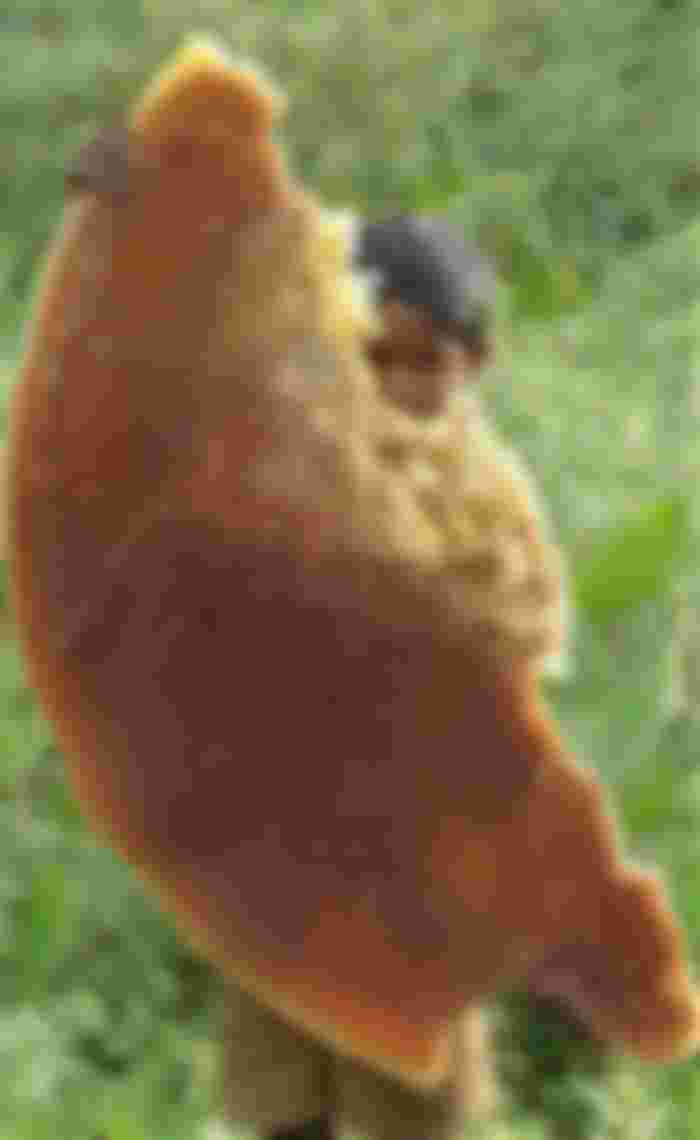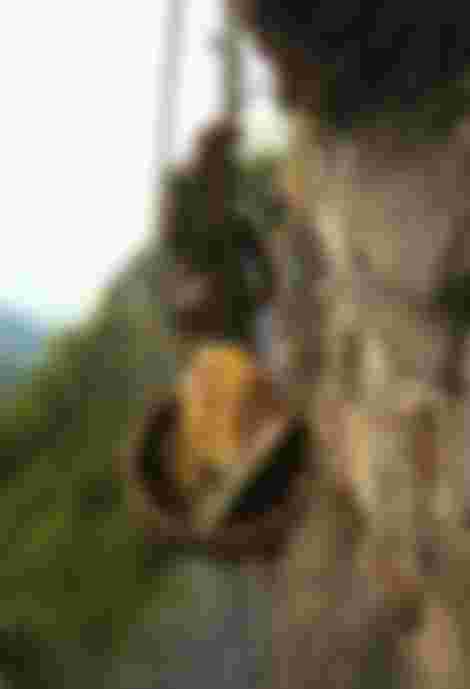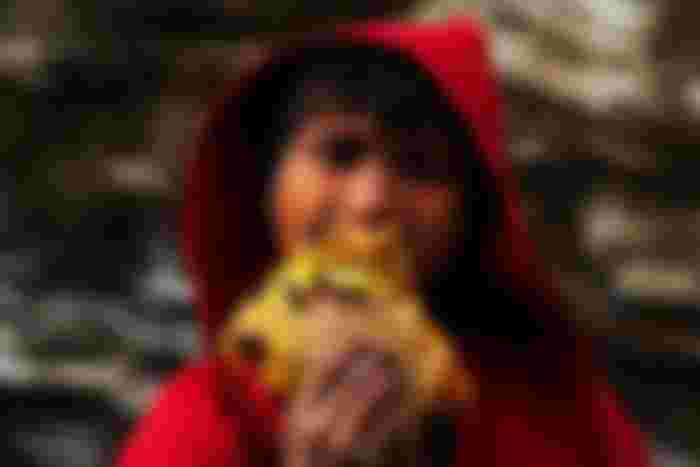Himalayan bees, 3 cm in size, make red honey that has hallucinogenic effects.
Bees build huge hives weighing 60 kg, on rocks, at heights higher than 2500 m. In small quantities, medicinal.High in the Himalayas, giant bees tirelessly make very unusual honey. The largest honey bees on Earth, called Himalayan giant bees, make honey that is one of the most expensive in the world and is known as "crazy honey".

"Crazy honey" is reddish in color and of course - sweet, but it has psychotropic effects, and in small doses it is very pleasant. When taken in small doses, it can have a beneficial effect on blood pressure, helps in the treatment of diabetes, but also in sexual dysfunction.
Giant bees from the Himalayas are also specific in that they can mostly pierce the usual protective suit that beekeepers wear.

Those who dare to start collecting "crazy honey" do so at their own risk.
In eastern Nepal, "crazy honey" is traditionally collected by brave individuals hanging on ladders made of bamboo ropes hundreds of meters above the ground.
Mauli Dan Rai, known as the "last honey hunter", passed away in May 2018.
"Crazy honey" has a high price and sells for about 60 to 80 dollars per pound, on the black market. You won’t find it on the shelves in local markets.

The bees that produce this unusual honey look similar to the western honey bee (Apis mellifera), but they are much larger - the hives can be up to three centimeters long, which is almost twice as long as the hives of western bees.
The Himalayan giant bee builds its nests outdoors, and can live at altitudes of 2,500 to 4,000 meters.

It has been determined that the effect of Himalayan giant bee honey comes from the toxins of rhododendron flowers, from which bees feed during the spring.
When it comes to consuming "crazy honey", two to three teaspoons are usually considered a permissible dose. A higher dose, however, can cause a very unpleasant experience, especially for those who try this honey for the first time.

These unpleasant experiences include the urge to defecate and urinate, vomiting, visual disturbances, blindness, pulsation in the head, tinnitus, inability to move, all day long. Due to an overdose, a fatal outcome is possible.

Although the "last honey hunter" is no more, the collection of this rare psychotropic delicacy continues sporadically. However, open questions remain about the safety of consumers, but also of the bees themselves, whose population is declining.
@varda42 @Teji @milanlukic @ruza17 @banebata @babodragic @lea965 @minimaus






Nice